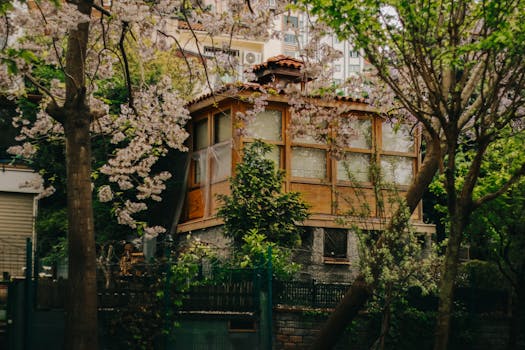
Urban Green Spaces: The Future of Outdoor Living in European Cities by 2025
Introduction to Urban Green Spaces
Urban Green Spaces: The Future of Outdoor Living in European Cities by 2025 is a concept that has been gaining popularity in recent years. As the world becomes increasingly urbanized, the need for green spaces in cities has never been more pressing. These spaces not only provide a tranquil escape from the hustle and bustle of city life but also play a crucial role in maintaining the physical and mental health of urban residents.
The Importance of Urban Green Spaces
Urban green spaces are essential for the well-being of city dwellers. They provide a range of benefits, including reducing air pollution, mitigating the urban heat island effect, and promoting physical activity. Moreover, they serve as community hubs, fostering social connections and a sense of community among residents. By incorporating green spaces into urban planning, cities can become more sustainable, livable, and resilient.
Designing Urban Green Spaces for the Future
As we look to the future, it is essential to design urban green spaces that are adaptable, inclusive, and resilient. This can be achieved by incorporating innovative technologies, such as green roofs and walls, and designing spaces that cater to diverse user groups. Additionally, urban green spaces should be integrated into the broader urban planning framework, ensuring that they are connected to other green spaces and urban amenities.
European Cities Leading the Way
Several European cities are at the forefront of urban green space design and implementation. Cities like Copenhagen, Stockholm, and Amsterdam have incorporated green spaces into their urban planning, creating sustainable and livable environments for their residents. These cities serve as models for other urban centers, demonstrating the potential of urban green spaces to transform the quality of life for city dwellers.
Conclusion
In conclusion, urban green spaces are a vital component of the future of outdoor living in European cities. By designing and implementing green spaces that are innovative, inclusive, and resilient, cities can create sustainable and livable environments for their residents. As we move forward, it is essential to prioritize urban green spaces in urban planning, ensuring that they continue to play a vital role in shaping the future of outdoor living in European cities by 2025.






